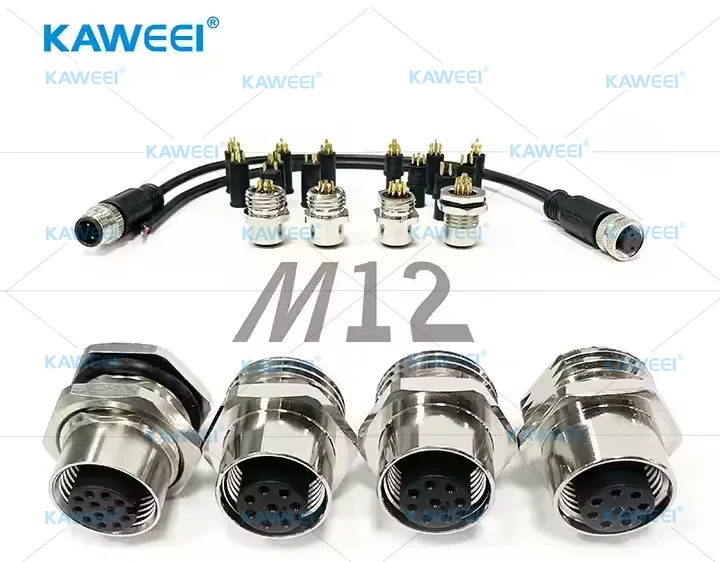What is Waterproof Cable?
Waterproof Cables: Principles, Importance, and Common Solutions
A waterproof cable is a specially designed and manufactured power or optical cable engineered to prevent the penetration of water or moisture into its internal components.
This protection is crucial for maintaining the cable’s integrity, electrical performance, and overall functionality in moist or submerged environments.
The key principle behind waterproof cables is the use of barriers and special design features to prevent water ingress.
Why Waterproofing is Critical

Water is a primary cause of cable failure. Water intrusion can lead to:
- Short Circuits: Water is conductive and can cause current to flow between conductors where it should not.
- Corrosion: Moisture accelerates the corrosion of copper conductors, leading to increased resistance and eventual failure.
- Degradation: Water can break down insulation materials, causing them to become brittle, crack, and result in electrical leakage.
- Signal Loss: In data/communication cables, water alters the electrical characteristics, leading to signal attenuation, noise, and complete failure.
- Ground Faults: In power systems, water can create a dangerous path for current to ground.

Common Waterproofing Solutions
1. Water-Swellable Tapes and Yarns
This is one of the most common methods. A special tape or yarn, typically made of Super Absorbent Polymer (SAP), is wrapped around the conductors beneath the outer sheath. If the sheath is breached, these materials expand into a gel-like substance, blocking water from traveling further along the cable’s length.
2. Water-Blocked Filled Cables
Common in telecommunications and direct-burial applications, these cables are filled with a waterproof, petroleum-based compound. This gel encapsulates the conductors, forming a permanent barrier that displaces any moisture and prevents its movement within the cable. (A drawback is that the compound can be messy during splicing and termination).
3. Laminated Copper Tape
A corrugated, laminated copper tape is applied as a barrier beneath the outer sheath. This tape serves as a robust physical barrier against water, while also providing mechanical protection and electromagnetic shielding. (For example, Steel Wire Armored (SWA) cables, which often incorporate this feature, are typically waterproof).
4. Waterproof Sheath Materials
The outer sheath is the first line of defense. While standard PVC offers some resistance, specialized materials are used for harsh environments:
- Polyethylene (PE): Offers excellent moisture resistance and is commonly used for outdoor and direct-burial cables.
- Thermoplastic Polyurethane (TPU): Extremely durable, offering resistance to water, oil, abrasion, and weathering. Frequently used in industrial and marine applications.
- Neoprene: Provides a good balance of water, oil, and weather resistance.
5. Flooder-Blocked Conductors
For multi-conductor cables, each individual conductor can be waterproofed by incorporating water-swellable powder or gel within its own insulation layer. This prevents water from migrating between the twisted conductors.
Common IP (Ingress Protection) Ratings
Standards such as IP67 or IP68 provide clear indicators of a cable’s level of waterproof protection.
IP67: Protected against immersion in water up to 1 meter deep for 30 minutes.
IP68: Protected against continuous submersion in water under specified pressure (depth is defined by the manufacturer).
When reliability is critical, Contact Us. We are experts in waterproof technology and masters of custom wire harnesses for any challenge—IP67/IP68, high-temperature, anti-interference, and more.
We offer end-to-end service, from design to delivery, tailored to your exact needs.
Need a custom solution? Contact us today!


